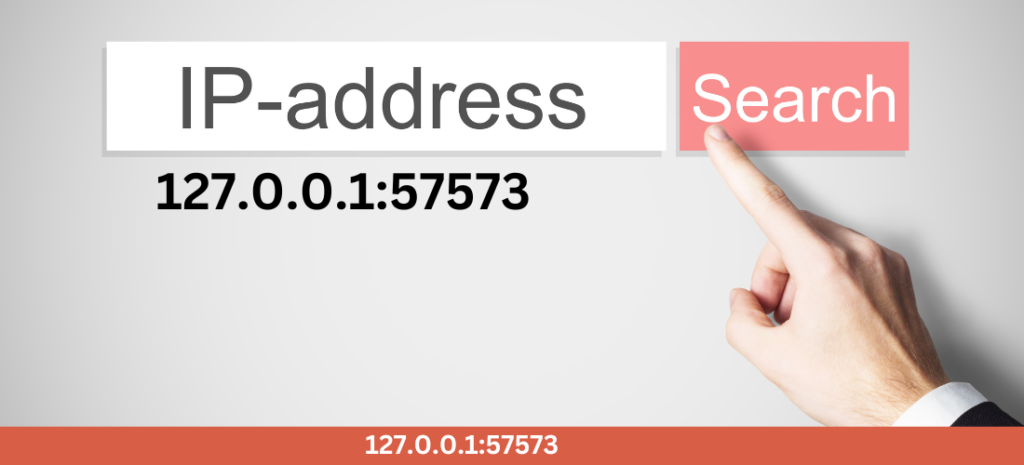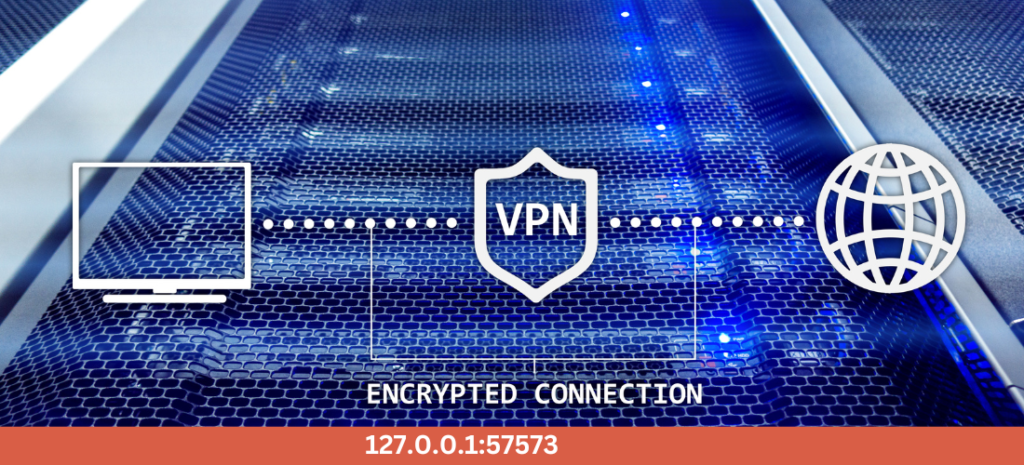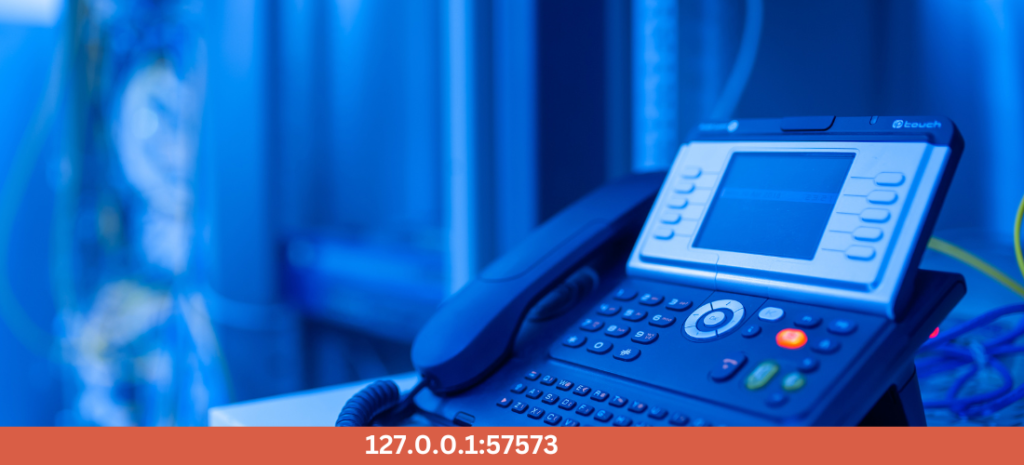Mastering 127.0.0.1:57573: A Comprehensive Guide to Local Development and Network Security

127.0.0.157573
Introduction to 127.0.0.1:57573
127.0.0.1:57573 is a pivotal component in networking, serving as a loopback address combined with a specific port. This configuration allows a computer to refer to itself, facilitating local development and testing without external network dependencies. It ensures secure and isolated communication within the host machine, making it an essential tool for developers and network administrators aiming to optimize performance and troubleshoot issues effectively.
Understanding Loopback Addresse
127.0.0.1:57573 is the standard loopback address in IPv4 networking. It is used by a computer to refer to itself, allowing for testing and network-related development without requiring a physical network connection. When coupled with a port number, such as 57573, it specifies a particular endpoint for network communications within the local machine.
Why 127.0.0.1 is Important
Loopback addresses are crucial for a variety of reasons:
- Testing and Development: Developers use 127.0.0.1 to test web applications and network services on their local machines.
- Network Configuration: Ensures that networking services are configured correctly without involving external network traffic.
- Security: Limits access to services running on loopback addresses, enhancing security by restricting external access.
The Role of Port 127.0.0.1:57573

The combination of 127.0.0.1 and port 57573 is crucial in local development and testing environments. It enables developers to run and test applications on their local machines without external network dependencies. This setup allows for secure, isolated communication, ensuring that services are only accessible locally, which aids in debugging, performance optimization, and enhancing overall security.
Common Uses of Port 57573
- Local Development Servers: Frequently, developers set up servers on their local machines for testing purposes, utilizing high-numbered ports like 57573 to avoid conflicts with other services.
- Application Testing: Running applications on 127.0.0.1:57573 helps in isolating and testing specific features without affecting the broader network.
- Debugging and Diagnostics: Port 57573 can be used in conjunction with debugging tools to analyze and troubleshoot network services.
Read Also: This Blog Will Show You About The New Digital Technology in Thailand
Setting Up 127.0.0.1:57573

Configuring a Local Server
Configuring a local server on 127.0.0.1:57573 involves setting up the server to listen on this loopback address and port. This setup allows you to run and test web applications or network services locally. For example, using Python’s built-in HTTP server, you can easily start a local server by specifying this address and port, enabling you to serve web pages or APIs within your own machine. This approach ensures a secure and isolated environment for development, allowing for efficient testing and debugging without external network dependencies.
Testing Network Services
Using 127.0.0.1:57573 for testing network services involves configuring your application to listen on this address and port. This setup is common in software development environments where isolation from external networks is required for accurate testing.
Advantages of Using 127.0.0.1:57573

Using 127.0.0.1:57573 offers several advantages, including enhanced security by limiting access to local services and reducing the risk of external breaches. It also improves performance through reduced latency and faster response times, crucial for efficient development and debugging. Additionally, this setup simplifies troubleshooting by isolating potential issues to the local environment, making it easier to identify and resolve problems.
Enhanced Security
Running services on 127.0.0.1 ensures that they are not exposed to external networks, thereby reducing the risk of unauthorized access. This is particularly useful for development and testing environments where security is paramount.
Improved Performance
By keeping communications local, services running on 127.0.0.1:57573 benefit from reduced latency and faster response times. This can significantly speed up the development and debugging process.
Simplified Troubleshooting
When network issues arise, isolating services on 127.0.0.1:57573 simplifies troubleshooting by limiting the scope of potential problems. This approach allows developers to focus on specific components without interference from external network variables.
Benefits of Using 127.0.0.1:57573
Using 127.0.0.1:57573 offers enhanced security by restricting access to local services, reducing the risk of unauthorized external access. It also improves performance by minimizing latency and ensuring faster response times, which is especially beneficial during development and debugging. Additionally, isolating services on this local address simplifies troubleshooting, as it confines potential issues to the local machine, making it easier to identify and resolve problems.
Enhanced Security
Running services on 127.0.0.1 ensures they are not exposed to external networks, reducing the risk of unauthorized access. This is crucial for development and testing environments.
Improved Performance
By keeping communications local, services benefit from reduced latency and faster response times. This can significantly speed up development and debugging processes.
Simplified Troubleshooting
Isolating services on 127.0.0.1:57573 simplifies troubleshooting by limiting potential issues to the local machine. This allows developers to focus on specific components without external network interference.
Potential Issues and Solutions

Using 127.0.0.1:57573 can lead to port conflicts if the chosen port is already in use by other applications. To avoid this, use tools like netstat to identify open ports and ensure no conflicts. Additionally, since services on 127.0.0.1 are not accessible from external networks, accessing these services remotely may require configuring port forwarding or using VPNs. This setup maintains security while providing necessary external access.
Port Conflicts
One common issue with using specific ports like 57573 is the potential for conflicts with other services. To avoid this, ensure that the chosen port is not being used by other applications. Tools like netstat can help identify open ports and avoid conflicts.
Access Restrictions
Services running on 127.0.0.1 are not accessible from external networks. While this enhances security, it may pose a challenge when external access is needed. In such cases, configuring port forwarding or using VPNs can provide a solution.
Best Practices for Using 127.0.0.1:57573
To ensure smooth operation and prevent discrepancies, maintain consistent configuration settings across your development environment when using 127.0.0.1:57573. Regularly monitor the services running on this address to detect and resolve issues promptly, utilizing tools like log analyzers and performance monitors. Additionally, provide clear and comprehensive documentation detailing the purpose, configuration steps, and any known issues, which will aid in maintaining consistency and assisting new team members.
Consistent Configuration
Maintain consistent configuration settings across your development environment to avoid discrepancies and ensure smooth operation. Documenting these settings can help team members stay aligned and reduce setup time.
Regular Monitoring
Regularly monitor the services running on 127.0.0.1:57573 to ensure they are functioning correctly. Utilize tools like log analyzers and performance monitors to keep track of the system’s health.
Clear Documentation
Clearly document the usage of 127.0.0.1:57573 within your projects. This includes specifying the purpose, configuration steps, and any known issues. Comprehensive documentation aids in onboarding new team members and maintaining consistency.
Conclusion
Understanding and effectively using 127.0.0.1:57573 is essential for developers and network administrators. Its significance in local testing, security, and performance cannot be overstated. By following best practices and leveraging the advantages of this loopback address and port combination, you can streamline your development process and enhance your network configurations.




